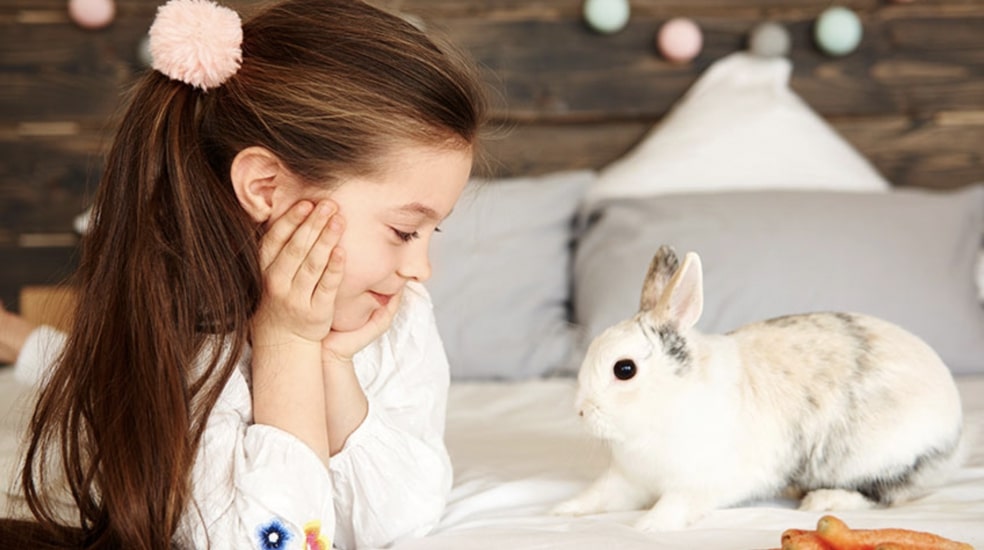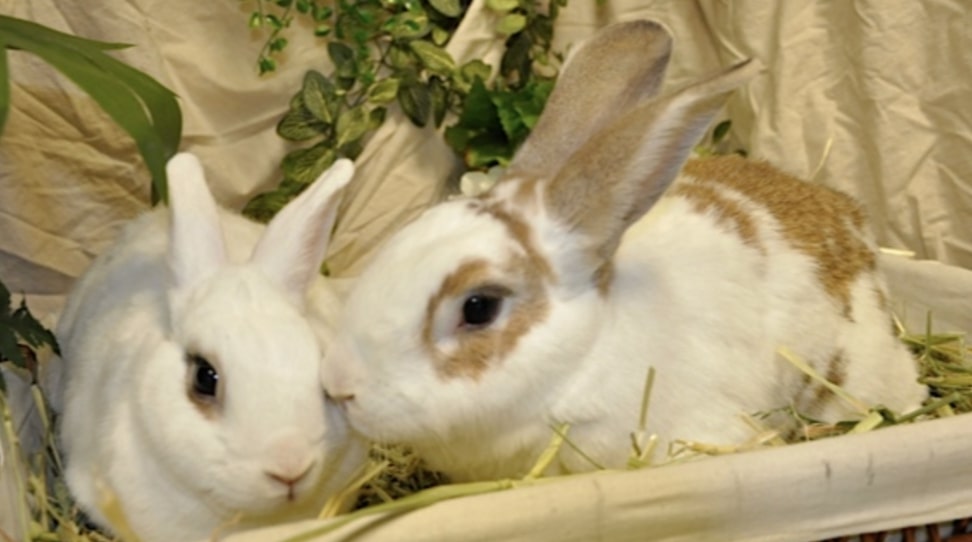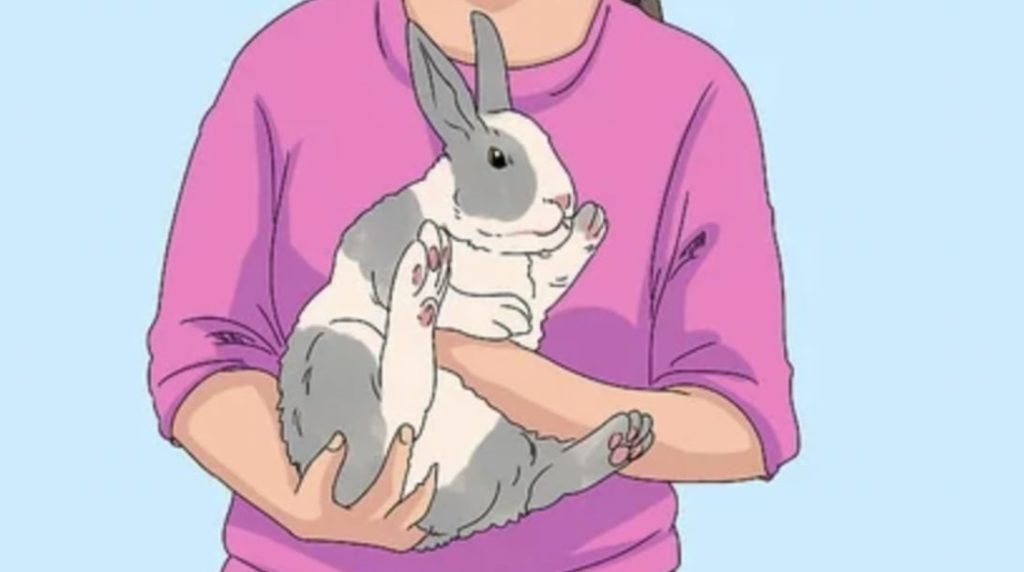A Pet Owner’s Basic Guide to Rabbit Care
Rabbits are super lovely pets with their long bunny ears and cuddly shape. If you need to know how to take care of them, you’re in the right place.
Today, we will go over the fundamentals of caring for them. We will tackle the type of housing they need, the food you should give them, some grooming tips, and more.
So scroll down to see our detailed guide!
Feeding
Rabbits feed mostly on different kinds of hay, including grass, timothy, and oat hay. In addition to this, they eat rabbit pellets, fruit, and vegetables.
Below are the important reminders about feeding them:
- Feed your bunny a small amount of rabbit pellets daily. To be precise, it should be only a full egg cup or 25g for every kg of your small bunny and 2 full egg cups or 50g for a medium-sized bunny.
- Only feed your rabbit small quantities of fresh fruit each time, since it has high sugar content. Aim to prepare them 1 to 2 tablespoons of fruit (either same or mixed) per 2.7kg of body weight no more than one to two times per week.
Otherwise, this will affect your pet’s stomach and it can get sick as a result. In case this happens, bring your rabbit to a vet clinic immediately.
- Introduce your rabbit to veggies gradually and one at a time. You can give it leafy vegetables, such as cabbage, kale, mint, broccoli, parsley, and mint.
Remember that this should be approximately one cup for every 1.81kg of the rabbit’s body weight.
- You should always give clean and potable water to your bunny. They should be able to access it within the day easily.
Grooming
Similar to cats, rabbits groom and keep themselves clean often. However, you still have to brush them to remove excess fur and maintain their healthy skin.
Bear in mind that longer-haired rabbits will need more combing than shorter-haired ones. This will also prevent them from ingesting too much fur and feeling ill just to look neat.
They also don’t have to be bathed or soaked in water because it’s a terrifying experience for them. In place of this, you can use baby or pet wipes to clean them, especially if they are very dirty.
Plus, don’t forget to trim their nails when they get long. This is essential for the rabbit to have healthy paws and skin.
Housing

Pet owners keep their rabbits in a spacious cage. It should be the correct height in which the rabbit won’t hit its head if it stands on its hind legs.
Ideally, it should have a feeding area and a sleeping area. Its litter box should also be there which you can remove and re-clean periodically.
You can place the cage inside your room so you can take care and check on what your rabbit needs. Also, make sure your room or the area is at normal temperature and well-ventilated.
Speaking of which, a sweltering room can give a rabbit a fatal stroke and a room too cold or damp can make them sick.
If your room is too hot or damp, try to control the conditions by opening the air conditioning, dehumidifier, or both. However, you’d still need to transfer your pet and cage to a more comfy environment soon.

Rabbits don’t want to be caged all day so make sure to take them out of it for a few hours every day. You can keep them in your bed, for instance, and watch over them and ensure they don’t fall off the sides.
They also need daily exercise as this helps them stay healthy both physically and mentally. It’s healthy that they can move, run, and jump in a larger space than their cage.
What you can do about this is create a playpen in your house or outside on a grassy surface. Simply border the place with 3 ft tall cage bars you can pick up at a pet shop, which keeps them from gnawing through your furniture, electrical cords, and toxic chemicals by accident.
You can also put chewing toys in the pen and make it fun for your bunny. To improve their teeth, they can chew on wooden chew toys and dry, untreated tree branches.
What’s more, they love to play with anything that moves. It may be a small cardboard box, tissue paper roll, or shredded paper. You can even hide treats around the place and tell them to find them so they can exercise their minds and forage skills.
Handling

A rabbit should be carried with one arm on its front legs and the other arm supporting its back legs. Do it gently and slowly.
Don’t follow the magicians on TV where they grab a bunny by its ears from the top hat. Remember that their cute long ears can’t support their entire body weight.
Moreover, compared to other animals, rabbits easily become frightened and stressed. Be careful since, much like humans, bunnies can also suffer trauma and heart attack.
And so, you’ll want to move and carry them only when they’re comfortable with you, otherwise, let them adjust slowly to you day by day.
Littering
Rabbits are smart animals and can be trained to defecate in the litter box provided. Simply place it on the spot where the rabbit normally passes stool and it should get the hint.
To make the litter box, you can use a food storage container with sides that are not too high and add some hay. You can also place some litter on the box to encourage the rabbit to do it there.
As for the litter box bedding, you can fill layers of pelleted litter in the box. This is great, since it absorbs moisture to keep the litter box dry for the bunny, reduces the odour strength, and is safe, non-toxic, and digestible if accidentally swallowed.

